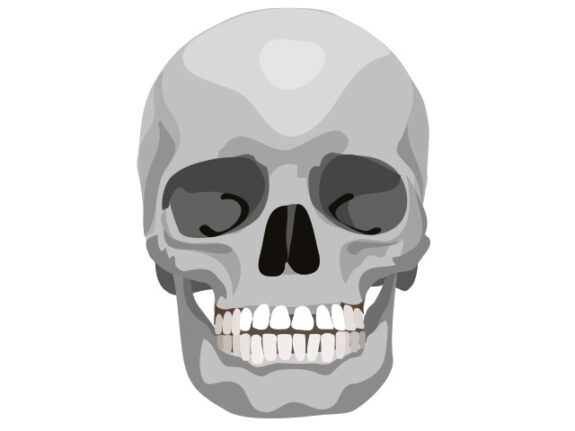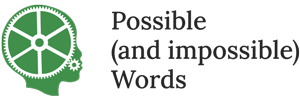
Speech, language and biology
Something in the human genome
Three things, the unique compositionality of human language, quite unlike any non-human communication system, the fact that it appears to be universal acrosss the human species, and the fact that some rather subtle properties, not obviously related to communication, occur in language after language, has led many linguists to conclude that the language faculty should be viewed as a property of the human genome and a specialised branch of biology, rather than psychology.
This had led to the notion of ‘biolinguistics’. It is the basis of the proposal here.
But for some reason, the reasoning here is often regarded with great suspicion as though it was as obviously wrong as a flat earth or an earth standing on elephants, standing on elephants, and so on.
A key impetus towards a biological conception of linguistics was taken in 1967 by Eric Lenneberg. There are are tell-tales pointing in this direction from children with speech and language disorders. Around a third of such children have a close relative, a parent, a sibling, an uncle, aunt, or cousin, who either still has or once had a similar disorder. In many cases, these relations are remote in terms of generations or geography, leaving no plausible way in which the child could have learnt from the relative. And across a broad range of ages and disorders there are significant, well-attested, and broadly-agreed co-morbidities.
The case for a biological conception of language is a strong one.

